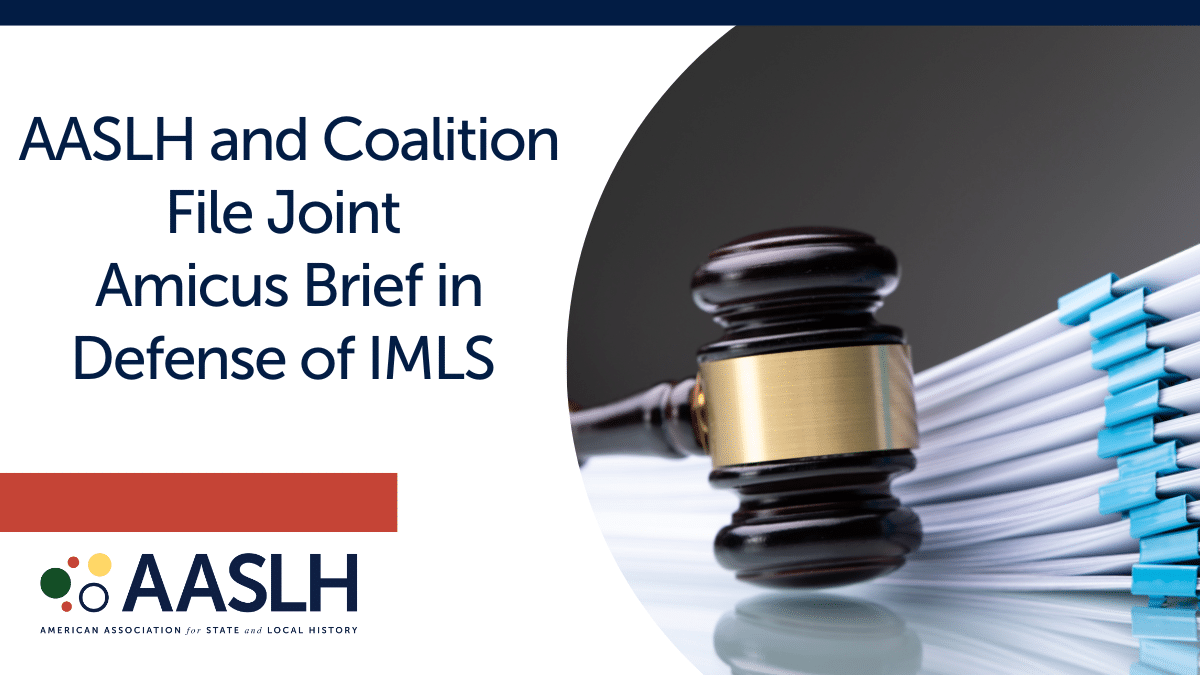
By Samantha Forsko, Preservation Specialist, Conservation Center for Art & Historic Artifacts, Philadelphia, PA
The Problem: COVID-19 is changing the way we do everything. Meetings are being done remotely via Zoom and Skype, social distancing keeps us six feet apart from everyone, and our collections have been left at our institutions unattended. How can we ensure that our collections remain safe while we also protect ourselves during this global pandemic?
Top 10 Tips: The following tips can be used by cultural heritage institutions to help ensure that collections remains safe while collections caretakers are away and to prevent collections from becoming a vector for the virus.
- If your institution is still open to the public, enhanced housekeeping measures should be put in place. Ideally, an institution should already have a housekeeping manual, but if not, now would be the time to create one. There is a guide to creating housekeeping plans available on CCAHA's resources page. An excellent sample housekeeping manual is available through the Minnesota Historical Society.
- Even if you do have a housekeeping manual, now is the time to ramp up cleaning. Not only will this help to keep visitors, staff, volunteers, and whoever else is in the building safe from the virus, but preventive measures against exposing collections to the virus is the most effective and efficient method of preservation at this time. More enhanced cleaning recommendations are available through the American Alliance of Museums. It is also important to be mindful about the types of cleaning supplies used, as many typical household cleaning products contain chemicals that are damaging to collection materials. A list of safer cleaning alternatives for cultural organizations is available through the National Parks Service. Keep in mind that these alternatives may not be as effective at killing the virus, and cross reference products with the Centers for Disease Control and Prevention.
- Frequently washing hands and wearing nitrile gloves while handling artifacts is also important for both your health and the object's safety. In a recent study conducted by the Library of Congress, however, it was discovered that the alcohols in hand sanitizers cause color changes in papers. Water-based hand sanitizers are recommended over alcohol-based for collections care, however, it should be noted that the World Health Organization advises that only alcohol-based hand sanitizers that are at least 60% alcohol are effective in killing COVID-19.
- If it is suspected that an artifact has been contaminated by the virus, isolation is the preferred method of treatment. COSTEP MA has additional resources on isolation, but isolation can occur on an object level by double-bagging individual items in plastic baggies, much as one would do to contain a pest or mold infestation, or at the collection level by entirely shutting off access for a period of time. Recent research conducted by the National Center for Preservation Technology and Training recommends a minimum of 9 days for effective isolation.
- There is a difference between cleaning and disinfecting artifacts. Cleaning will remove dirt and relocates the virus, but disinfecting kills the virus. While many objects can be cleaned, not all can be safely disinfected, and consulting with a conservator is necessary. Additional research conducted by the National Center for Preservation Technology and Training has shown that the virus can persist on different surfaces for different amounts of time, ranging from 2-9 days depending on the material. Bleach should never be used to disinfect historic materials. Depending on the material type, it is possible to use water, a mild soap like Ivory liquid soap, or Orvus to wipe surfaces. The amount of time the water is on the fragile historic material should be limited, but needs to stay on long enough to be effective in killing the virus. Brick surfaces like ceramics, marble, limestone, or terrazzo can be further disinfected with a solution of at least 70% rubbing alcohol and water. The Northeast Document Conservation Center recommends against the use of liquid disinfectants and UV ray exposure for the treatment of books and paper artifacts.
- Exhibition materials should be cleaned and disinfected as well. Plexiglass glazing on framed materials and plexiglass exhibition cases should be disinfected using a solution of 70% rubbing alcohol and distilled water.
- If your institutions closes for an extended period, you should take care to shelter in place your collections before leaving. This includes moving artifacts to the safest spaces, protecting against potential water damage, and protecting computers and equipment.
- While your institution is closed, if it is safe to do so and social distancing can be maintained, visit the institution to check on collections on a weekly basis. If there is already someone on site regularly, such as a security officer, consider creating a checklist for that individual to use and report back to you if visiting in person is not possible. You may also be able to check in on collections remotely by using security cameras. Dataloggers and water alarms can also be installed to alert you via phone or email if environmental conditions have gone out of range.
- Working remotely will provide an opportunity for you and your staff to consider different possibilities and outcomes. Use scenarios to talk through different situations and how this situation might progress, keeping care of collections in mind. The American Alliance of Museums has created a guide to using scenarios to help you plan your institution's response.
- Follow your continuity of operations plan (COOP). If your institution does not have a COOP, now would be a good time to start taking notes on considerations to include in a future COOP. Additional information on continuity of operations planning can be found on the FEMA website.
What is the Field Services Alliance? The Field Services Alliance (FSA) is an organized group of individuals, offices, and agencies that provide training opportunities, guidance, technical services, and other forms of assistance to local historical societies, archives, libraries, and museums in their respective states or regions.



